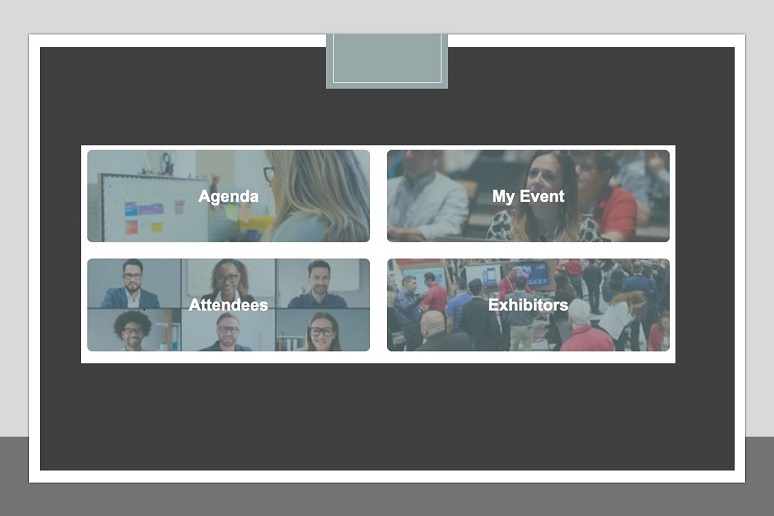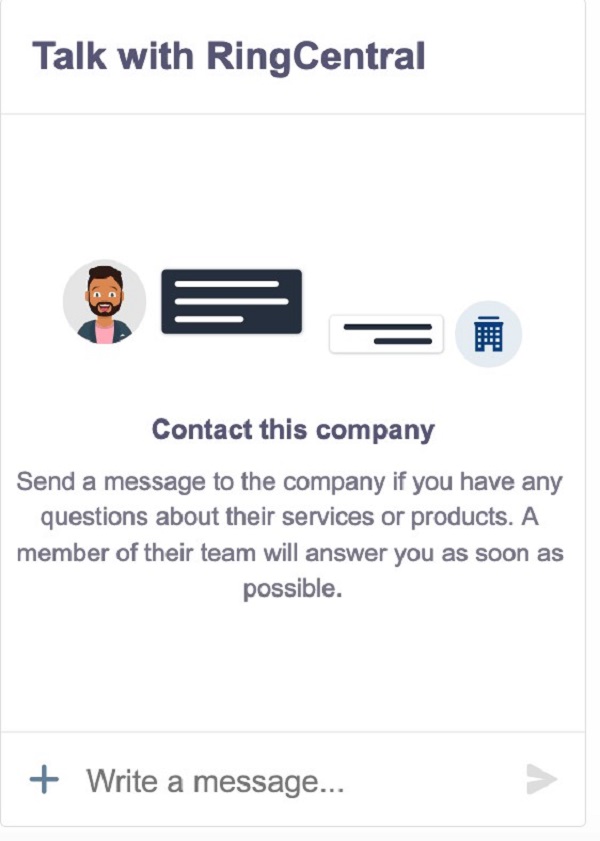The
Enterprise Connect Digital Conference & Expo 2020 has come and gone, with a myriad of great sessions and presentations that we can continue to watch until the end of this year. While certainly different from the actual in-person event, there were some key advantages of its virtual counterpart, as well as some disadvantages.
COVID, WFH, and What Comes Next
As always, there was valuable content covering a range of topics. Almost every session mentioned the current crisis and its impact on workers and businesses. Others covered the increasing role of video and team collaboration tools, ensuring security for remote workers, digital transformation, and how to plan for the future. Work from home (WFH) was on everyone’s mind. While we don’t know what portion of workers will continue this practice long term, estimates are as low as 10% and as high as 75%. Everyone agrees that a hybrid workforce will be the norm, with some employees WFH at least part-time, alongside others who are predominantly in the office.
If WFH was the most-discussed topic, then video was a close second. While video had previously received a great deal of attention at past Enterprise Connect events, these technologies took on increased importance this year, as these interactions have replaced in-person meetings. I’d say that 2020 was the year that video went from being used for specific use cases to becoming ubiquitous. Vendor sponsors such as 8x8, Cisco, Crestron, Lifesize, Lenovo, RingCentral, Zoom, and others showcased their video services and devices in sessions and throughout the virtual exhibit hall.
Planning for the Future
Thought leadership was on display at Enterprise Connect Digital Conference & Expo, with a focus on preparing for the short-term and long-term future. As we move from the React/Respond phase of the COVID-19 crisis to the Enhance/Refine phase, and eventually to the Plan/Reinvent phase, organizations must develop strategies to support employees, staff, and customers.
Cloud Services Saved the Day
Among the many customer panels and presentations, one theme resonated throughout most of the discussions: customers that had already moved to the cloud were better prepared and able to transition to a WFH environment quickly. A range of customers using products from companies such as Amazon Connect, Slack, 8x8, RingCentral, Microsoft 365, Cisco, LogMeIn, and many others, described how they overcame the initial challenge by quickly enabling employees to work remotely—thanks to the flexibility and inherent business continuity capabilities of the cloud. The moral of the story – if you haven’t already moved to the cloud, now’s the time.
My Thoughts on the Event
Kudos to the Enterprise Connect team for pulling off a great event under challenging circumstances. While we’d all prefer to attend the conference in person, the team made every effort to enable networking, access to vendors and sponsors, product demos, and a lot of great content. The overall event worked extremely well, with some elements working better than others.
What Worked:
- Content – An array of vendors, industry analysts, consultants, and leading-edge customers (as well as quite a few speakers from the BCStrategies team) presented on a range of topics, providing great insights and actionable information. Attendees can access all the session content live or on-demand, with access to the recorded sessions available until the end of this year. With on-demand access, attendees didn’t have to choose between multiple concurrent sessions, and can watch each and every session when it’s convenient (but to be fair, on-demand recordings were also available as part of the live event).
- Virtual Exhibit Hall - Attendees were able to meet virtually with vendor sponsors via the virtual event platform. Sponsor “exhibit booths” include assets such as videos and product information, an “Interactive Zone,” contact information, session information, meeting scheduling, and more. I especially liked AWS’s virtual tour and Interactive Zones.
- With the Attendee tab listing all the event attendees, the digital platform made it easy to connect and make new contacts in a click. Booking meetings with sponsors and exhibitors were also made simple, as each exhibitor had a contact section on their exhibitor home page. I often don’t have time to wander around the exhibit hall due to sessions and meetings, but with the virtual event, I can visit as many vendor “booths” as I’d like – although there’s no cool swag to bring home.
My favorite part of the event was that the sessions began at 11 a.m. ET/8 a.m. PT so, those of us on the West Coast didn’t have to wake up at the crack of dawn. There were no 7 a.m. ET breakfast meetings playing havoc with our circadian rhythm cycle. Also, the length of the event was just right, with sessions going from 11 a.m.-5 p.m. ET/8 a.m.-2 p.m. PT each day. It’s hard for attendees to stay engaged eight hours a day, so the timing seemed to work well. And of course I loved the Five9 Puppy Cam!
What Didn’t Work as Well:
- Networking. The hardest part of not having the live event was not seeing people who I may only see once a year at Enterprise Connect. I missed running into friends, colleagues, and associates while walking to and from sessions, attending receptions, and of course, at Wreckers Bar (although my liver appreciated not attending five or six receptions and dinners each night)! The event platform allows for networking, making connections, setting up meetings, and more, but it just wasn’t the same as hugging an old friend.
- Q&A. The sessions were pre-recorded with the presenters available during the live event to respond to audience Q&A via chat. Using the Live Discussion chat window, attendees were able to ask questions during the presentation, as well as for 10-15 minutes after the pre-recorded session ended, with presenters responding in the chat window. While logistically this is probably the best way to handle Q&A, this meant that often times there weren’t many questions asked after the presentation. There was often 10 minutes of dead time listening to the background music.
Of course, these are issues that all virtual events must deal with and find ways to overcome. Hosts will need to find ways to engage the audience, not just during but after the live portion of the event.
Final Thoughts
The Enterprise Connect team rose to the occasion and pulled off an impressive accomplishment. As my colleague Marty Parker,
wrote last week, Enterprise Connect nailed it.
While we all hope and pray for an end to this pandemic and for life to return to normal, it’s nice to see that with modifications, significant events like Enterprise Connect can continue to take place. If you weren’t able to attend the sessions last week, I encourage you to
register here.
This post is written on behalf of BCStrategies, an industry resource for enterprises, vendors, system integrators, and anyone interested in the growing business communications arena. A supplier of objective information on business communications, BCStrategies is supported by an alliance of leading communication industry advisors, analysts, and consultants who have worked in the various segments of the dynamic business communications market.













